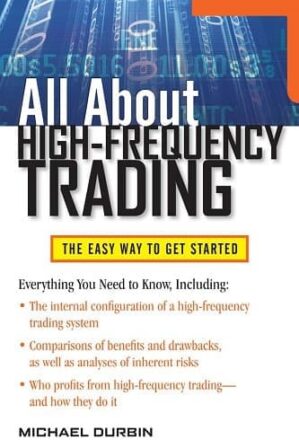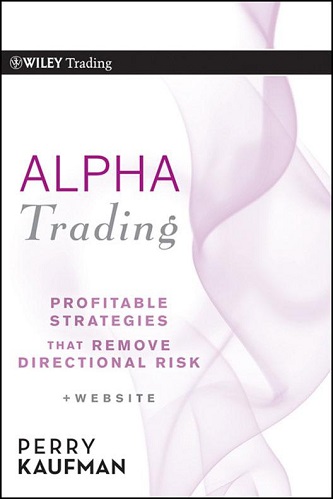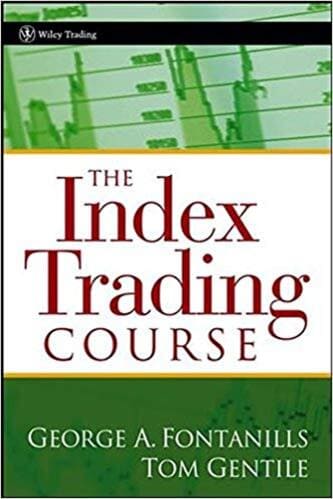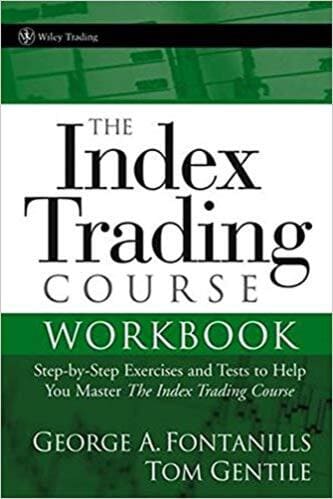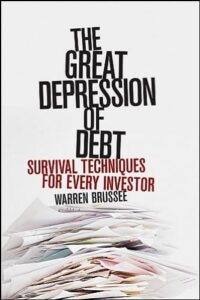Articles
How Half a Point a Day Can Help You Rule the World By John Piper
How many points do you think you could take out of the S&P futures every day of the week? When we ask people this question they tend to say one, two, or perhaps even more. Well, it’s nice to dream but why not settle for just half a point a day from the S&P? Does that seem unreasonable?
The point is that if you can just make half a point every day, on average, you will be a millionaire at the end of fourteen months. Here’s how. Let’s assume there are 20 trading days in a month. You make half a point each day clear of the spread and commissions, the commission should be no more than $35. Each month you bring in $5,000. That is about half the amount you need to trade a single futures contract. At the end of the first two months you have doubled your money. You started with $10,000, you trade a single contract, you end up with $20,000. So you have doubled your stake and for the third month you trade two contracts. You go for just half a point a day, on average. Every two months you double your money. At the end of six months you have $80,000 and at the end of a year you have $640,000. You are trading over 64 contracts a day so you are not doing too bad.Why stop there? At the end of year 2 you would be worth $ 4 million and be one of the biggest traders in the U.S. market. What can stop you? Here is a list:
- Consistency-this is your biggest stumbling block.
- Losses – which are going to set you back.
- Complacency – having attained wealth you will lose your hunger and the risks will no longer seem worthwhile.
- Market limitations – you would become too big for the markets. Just getting in and out would cause you problems.
- Personal limitations – at some point the numbers would begin to get frightening.
However, if you aim for just half a point a day you can use very tight stops so this should be practical from a Money Management point of view. The same goes for Risk Control – and you will need a lot of discipline. Now let’s get real. The idea of doubling your money every two months is a nice fairy tale – and it almost makes sense but we have skipped over the flaws. There is a lot of real sense in this fairy tale, so let’s adapt it for the real world.
First, let’s consider Money Management (MM) and how this is going to affect the majority of readers. The idea of looking for very small, short-term profits (i.e. half a point) does work and you need to apply correspondingly close stops. In all trading you must look for bigger profits than the losses you are prepared to accept. We like to see a ratio of around 3:1 – so if you’re looking for a half point profit you need to use a 20 cent stop. That is a little dangerous for most of us, after all it can easily be equivalent to a single price change. For this sort of trading you have got to watch the market extremely closely. When we ourselves trade the futures we normally use a stop of about 50 cents but that is also a pretty short-term approach. In our view, at least when trading the S&P you need to be looking at a 2 point stop -that’s if you are not very short-term inclined. Now 2 points at $500 a point (on the S&P futures) is a loss of around $1,000.
In MM terms that is not too bad, but much more would make no sense of starting capital of only $10,000 because it means you are risking 15-20% per trade-and if you do that you won’t last long. Remember MM is all about staying in the game. The level of your preferred stop point dictates your risk per trade and thereby the amount of your starting capital. Once you know how much capital you need to start with, the rest is simple arithmetic. If you need $20,000, because you prefer wider stops, then you have got to make another $20,000 before you double your money – that’s 40 points out of the S&P futures. At the rate of half a point a day that is going to take you 4 months. The sums are not so exciting but if you double your stake every four months then at the end of the first year your $20,000 has become $160,000 and $1,280,000 at the end of the second. So it is still not too bad.
Suggested Books and Courses About Investment and Economy
All About High-Frequency Trading
Original price was: $15.59.$7.80Current price is: $7.80.Alpha Trading: Profitable Strategies That Remove Directional Risk
Original price was: $26.01.$13.01Current price is: $13.01.The Index Trading Course and Workbook
Original price was: $12.65.$6.33Current price is: $6.33.The Great Depression of Debt: Survival Techniques for Every Investor
Original price was: $13.03.$6.52Current price is: $6.52.So what about losses? Clearly they are going to set you back – but as long as your MM is effective, only in the way of time. As long as your trading methodology is effective and you do make progress then this process will work for you. We mentioned earlier that risk per trade is the variable. If you reduce this you reduce the original stake needed and the number of points needed before you can increase your trading position. So if you can use a 20 cents stop then starting capital of only $5000 is almost feasible. However you would be more prudent to use at least $10,000 and not to increase until you have made a further $10,000 (i.e. another 20 points). It might be useful to put forward a few Do’s and Don’ts. So here goes:
- Don’t bump up your initial trading position in relation to your cash. There is no point – if this works you will soon be trading more than enough contracts.
- Don’t rush increasing position size. You have to be prudent – that is the key to handling all risk. It is when risk is allowed to run out of hand that it become dangerous.
- Don’t feel you have to trade futures to achieve this sort of result. Options will do just as well and indeed would allow a lower capitalized start. But if you are trading options, it is the amount you make on the option, not on the number of points moved by the market which is important. Also options do not lend themselves so readily to very tight stop policies.
- Do act on your stops – but we needn’t say that need we?
A couple of other points. First, you can increase rather than be doubling each time. So you could increase each time you again make your original stake (and decrease when you lose that sum). Clearly the more contracts you are trading the more often this will occur. Second, the market does provide a number of opportunities for taking small quick profits. In particular support or resistance points on the futures usually produce at least a .5 or 1 point reaction, especially if the market is oversold or overbought at that point.
One risk which must also be considered is the risk of being caught on the wrong side of a “fast” market action. If the market moves 20-30 points the wrong way and you are using a $5,000 margin per futures contract you are going to lose all your margin plus another $5,000-10,000. If trading 10 contracts or more this could be a very serious problem. It’s bad enough on 1 or 2 contracts. This is the big worry with the sort of aggressive approach outlined above. Before adopting such an approach you must carefully weigh this risk. In life there is one great truth (among others). This is that a man with a plan has a march on the no-plan man. So why not think about how this process could be applied to your trading. Perhaps you should become a man (or woman) with a plan?

